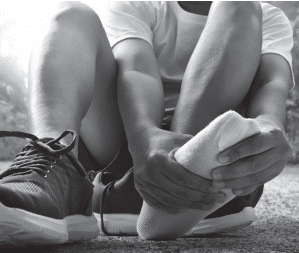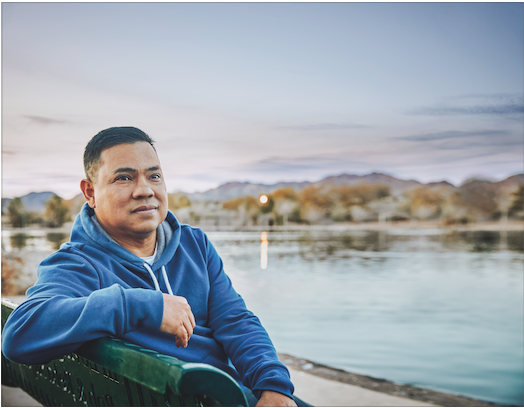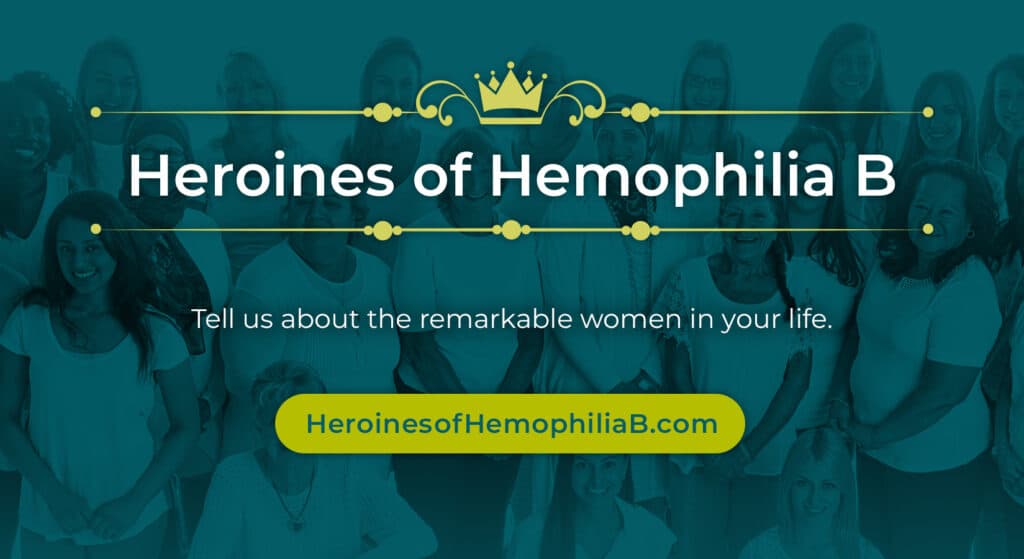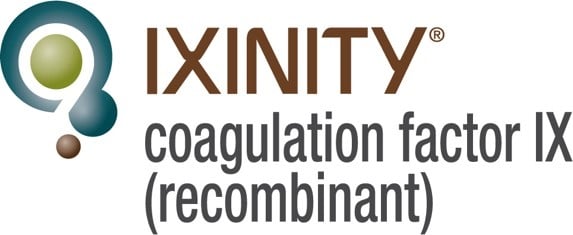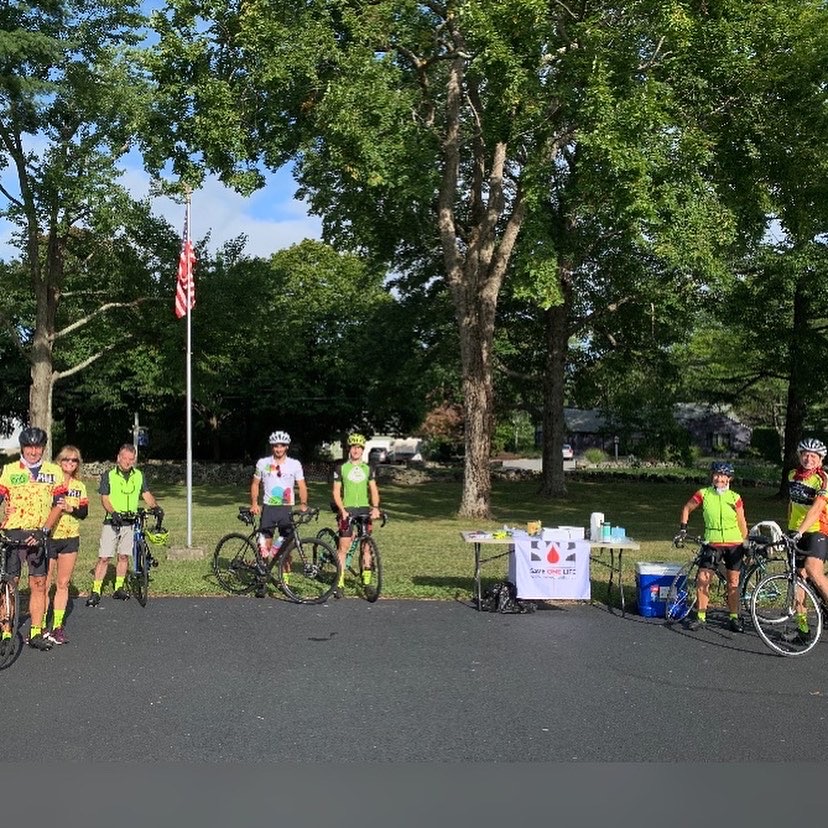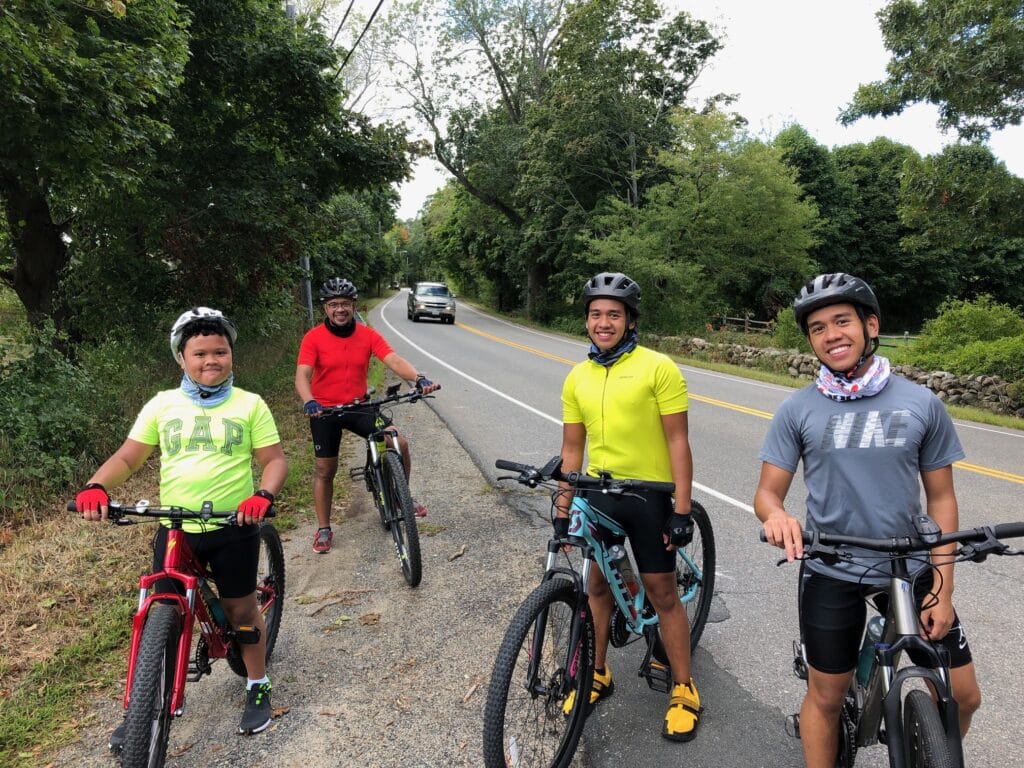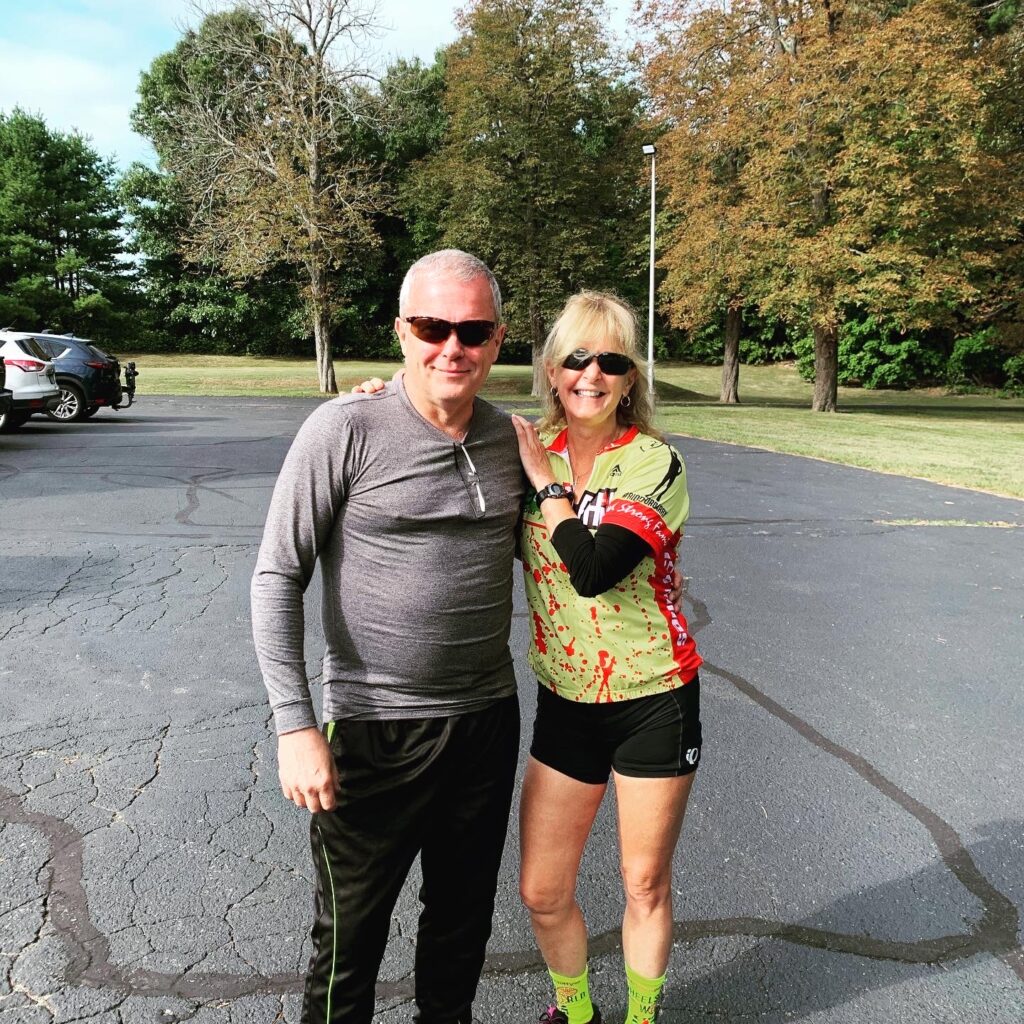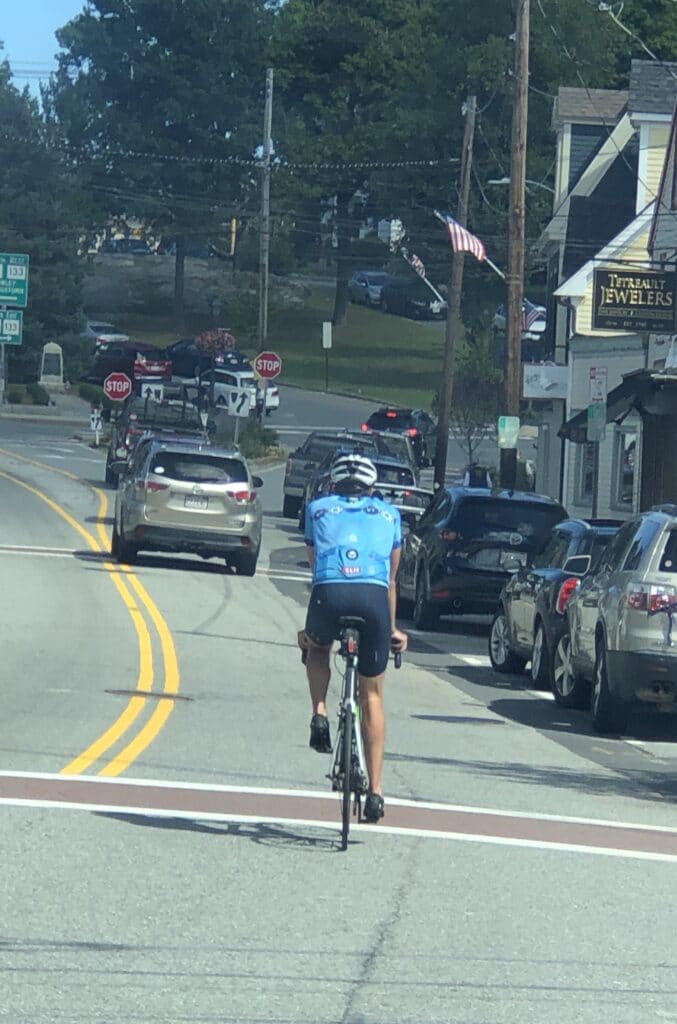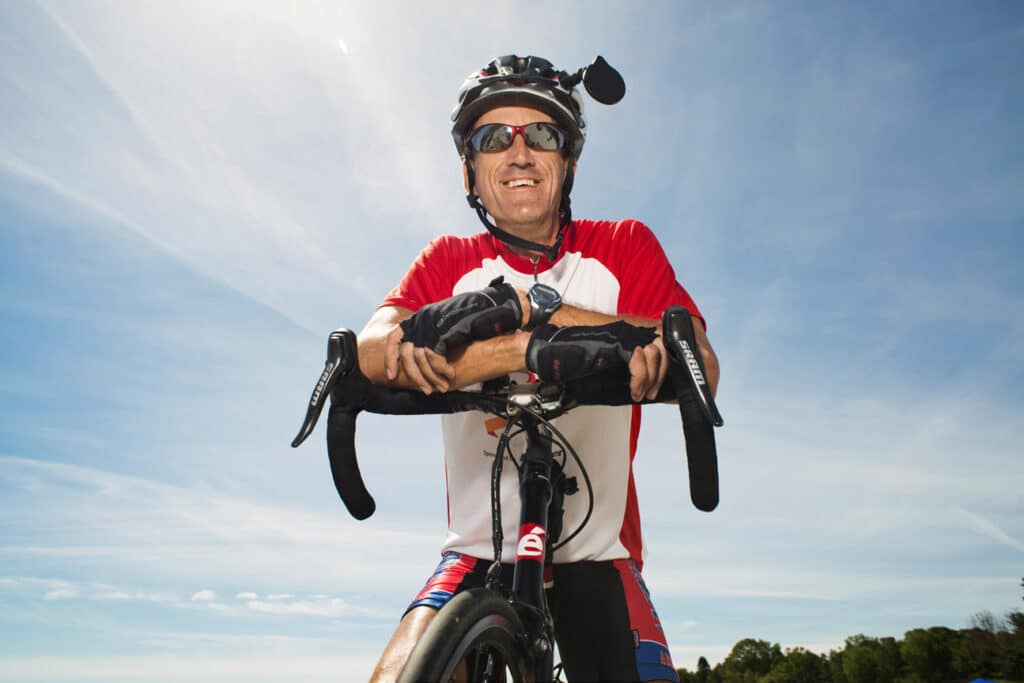Is It Safe to Donate Blood in a Pandemic?
In the U.S., the first full week of September is designated National Blood Donation Week, to promote blood donations and the need for blood, for emergences and for therapeutic drugs. I normally post something about it, but with Covid-19 taking center stage, overlooked it this year. I just read The Source magazine, from the Protein and Plasma Therapeutics Association (PPTA), and found the welcome, called “Outlook,” by new president Amy Efantis, very compelling. Please have a read of this excerpt, and go to “the source” itself, to download your own copy here. Remember that some of our community members still use plasma-derived products, as do many in developing countries. Is it safe to donate blood in a pandemic?
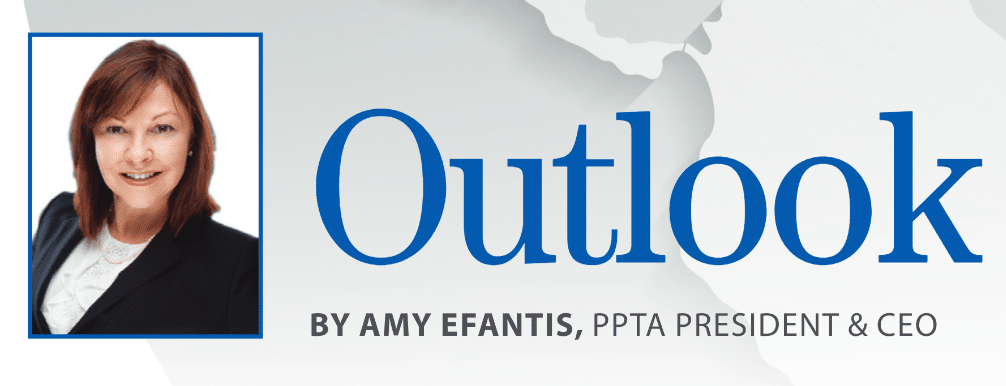
Outlook by Amy Efantis
“… in those early days of this crisis, my committed and experienced colleagues recognized even before the scourge of Coronavirus SARS-CoV-2 was officially declared a pandemic that patients might have concerns about plasma-derived therapies (PDTs) and the safety of those therapies due to COVID-19. Our member companies’ leading pathogen safety experts came together to assure patients of the safety of PDTs. They outlined the extensive safety measures that industry follows for donor recruitment and validated pathogen removal/inactivation steps during the manufacturing process, providing assurance to patients and providers about the safety of PDTs. Our statement detailing these protocols was published on our website in several languages and has been frequently cited.
“PPTA sprang into action to make sure that plasma centers, center employees, and donors were deemed essential to perform their daily activities by authorities in the U.S. and in Europe. After appeals from PPTA, the European Centre for Disease Prevention and Control defined plasma as an essential substance of human origin and encouraged plasma centers to continue collection to ensure the continuity of production of plasma-derived therapies. PPTA also engaged in efforts to make sure that PDTs, and the essential goods needed in the collection of plasma as well as manufacturing of therapies, were considered essential to ensure the movement of goods between and among countries during the pandemic. This included appeals to authorities to make sure centers received priority for personal protective equipment and medical supplies.
“In the U.S., our efforts resulted in the President’s Coronavirus Guidelines for America noting the special responsibility of the pharmaceutical supply chain, including the important role of plasma and plasma donors. In fact, donors and staff were explicitly identified in every iteration of the federal government’s advisory list of essential critical infrastructure. But even as officials at the U.S. Department of Homeland Security and the European Commission issued guidance that deemed plasma centers, staff, and donors as essential, PPTA was called upon to engage directly with local, state, and national level authorities who were not aware of or did not understand the guidance, to ensure that centers remained operational. To assist in this effort, PPTA developed a repository of documented exemptions that plasma centers could have on hand if questioned by authorities during periods of restricted movement.
“We recognized early on that plasma donors, who are essential for addressing the clinical needs of patients for PDTs, might have concerns about their safety given anxiety surrounding the contagious nature of COVID-19. PPTA facilitated the development of a preparedness checklist for centers in the early days of the pandemic. PPTA member companies took immediate actions to accommodate the safety of donors in their centers with new protocols for increased screening, the use of personal protective equipment, social distancing, and the availability of disinfectants.
“Because of government-imposed restrictions in movement, our typical inspection paradigm was disrupted. In keeping with our historical commitment to standards, PPTA submitted a proposal to the European Medicines Agency (EMA) requesting remote good manufacturing practice (GMP) inspections and parallel inventory holds, which were agreed to by EMA’s GMP/Gross Domestic Product Good Distribution Practice Inspection Working Group. We adapted inspections in our International Quality Plasma Program to virtual models, and we advised auditors to match the U.S. Food and Drug Administration’s relaxed inventory hold period from 60 days to 45 days for purposes of PPTA’s Quality Standards of Excellence, Assurance & Leadership program. These efforts reflect our willingness to be nimble in a crisis with our abiding commitment to the highest possible standards.
“PPTA’s work with other stakeholders has meant increased attention to the urgency of plasma collection. Our partnership with the Platform for Plasma Protein Users and the European Plasma Alliance resulted in the European Commission launching a call for blood and plasma donations. It also prompted the EU Health Commissioner’s issuance of a statement recognizing for the first time the importance of plasma and its use in treating rare conditions, as well as its role in fighting COVID-19.
“In the U.S and in Europe, the patient community weighed in with local and national policymakers on issues supporting Source plasma donors and shined a bright light on the urgent need for plasma to treat rare disease patients. We are proud of our efforts during the COVID-19 crisis. PPTA has seen positive results in our responses during the pandemic. But this is not the end of the story.
“Concerns over plasma availability have now replaced initial anxiety around the safety of finished product. In March and April, plasma collections were down, understandably, compared to 2019 due to government-imposed restrictions on movement in the U.S. and Europe. But the expectation was that a recovery would occur as COVID-19 cases declined… in the U.S., as quarantine protocols were loosened, there was a resurgence of COVID-19 cases in several states, including Florida and Texas, states with a strong presence of plasma collection centers. Though a recovery continues, it is far less robust than expected. So now the real work begins.
“Just as it has been challenging to predict what will happen next in the pandemic, the same holds for the future of PDTs. But we do know this much today — donations NOW will mean better outcomes in the future. To meet patient clinical need, we encourage you to:
• Contact policymakers about the urgent need for plasma donations.
• Speak out about ending outdated regulations and call for the coexistence of the private sector with the public sector to collect more plasma.
• Use your own social media channels to spread the word about the ongoing need for plasma donations.
• Donate Plasma if you are an eligible, healthy adult — patients are counting on you!
“Let’s come together to show our commitment to patients.”
The Plasma Protein Therapeutics Association (PPTA) represents the private sector manufacturers of plasma-derived and recombinant analog therapies, collectively known as plasma protein therapies and the collectors of source plasma used for fractionation.

